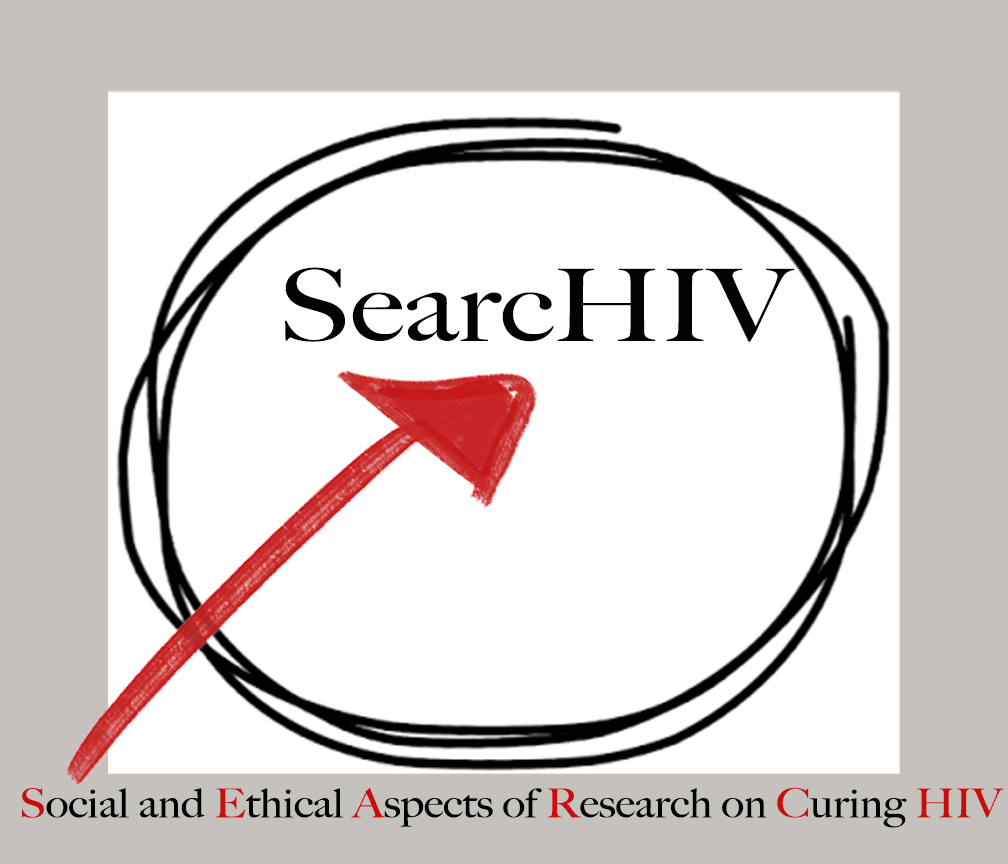By Alice Zhang
People living with HIV (PLHIV) often face stigma that is multilayered and multifactorial. The stigma that they face can be associated with misconceptions about HIV, but it can also be linked to marginalized behaviors and identities. For men who have sex with men (MSM) who live with HIV, they can face a significant amount of stigma arising from their HIV status and their sexual identity. MSM living with HIV in China still encounter a great deal of stigma and discrimination over these identities.
How might a HIV cure impact MSM and HIV stigma in China? A recent paper published by the searcHIV team in Guangzhou, China explores this question from the perspective of MSM living with HIV. From September to November 2015, the team conducted in-depth interviews with 26 MSM living with HIV. Participants were recruited from Guangzhou Tongzhi, a community-based organization providing HIV testing and counseling to MSM, and from the Guangzhou Eighth People’s Hospital, the largest infectious disease hospital and a key provider of HIV treatment in Guangzhou.
Thematic analysis from the interview transcripts revealed two major themes. The first was that participants anticipated a HIV cure would have minimal impact on MSM-related stigma. Why? For some, they perceived MSM-related stigma as having deeper roots than HIV-related stigma, with a few even believing it be the main factor underlying the multilayered stigma that MSM living with HIV face. The second theme that emerged from the interviews was that HIV cure would have a greater effect on reducing HIV-related stigma. Participants felt a HIV cure could diminish the amount of HIV-related discrimination they encounter in many aspects of daily life, from romantic relationships to employment decisions.
In addition, the participants’ responses indicated a dual and synergistic layer of MSM and HIV stigma, in which HIV-related stigma exacerbates MSM-related stigma. Within this dual layer of MSM and HIV stigma, HIV is used as “proof” of MSM’s “social deviance”. As a result, from the participants’ viewpoints, with a cure, the synergistic layer may not necessarily disappear.
The findings from this paper indicate the complex layers of stigma experienced by MSM living with HIV in China. Furthermore, it emphasizes the need for a comprehensive approach to reducing the multiple layers of both HIV and MSM stigma in future interventions, particularly as HIV cure research advances.
For further details, please see the article published by Wu et al. (2017). Overcoming HIV Stigma? A Qualitative Analysis of HIV Cure Research and Stigma Among Men Who Have Sex with Men Living with HIV. Archives of Sexual Behavior, 1-9.


One Response to “A Summary of Wu et al.’s Article: “Overcoming HIV Stigma””
Arvind M
We would like to inform you regarding the upcoming “Global Congress on Infectious Diseases and Contagious Diseases ” scheduled during July 17-18, 2019 at London, UK. Kindly let us know your interest regarding this.